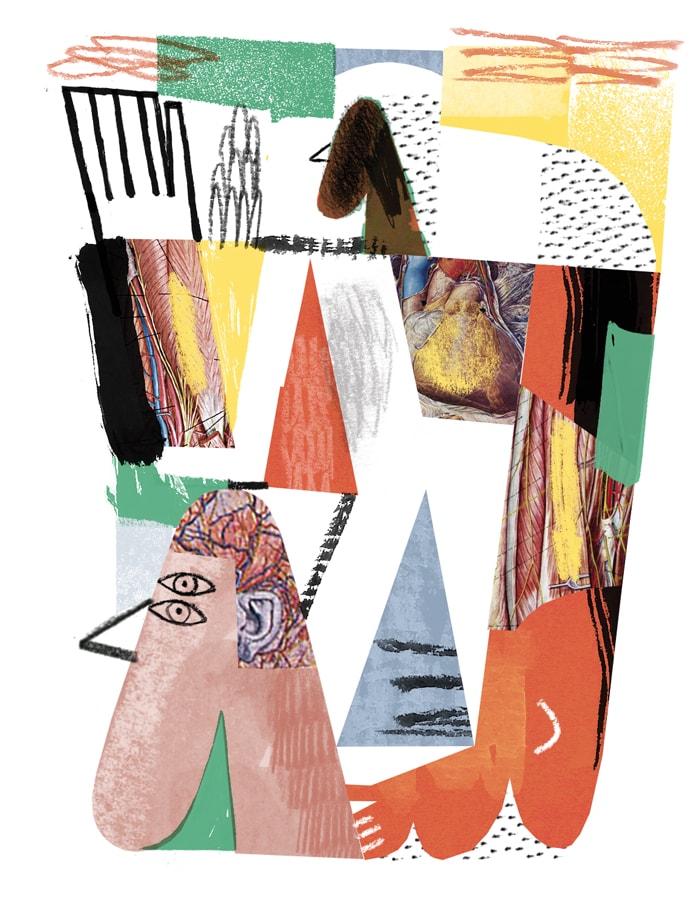 RômoloThe Atlas of Topographical and Applied Human Anatomy, written by Austrian scholar Eduard Pernkopf (1888–1955) in partnership with four Viennese illustrators, was published between 1937 and 1941. It contains more than 800 precise and detailed images of the human body, which in the following years became a valuable reference for anatomists and surgeons around the world. In the 1990s, the publication was disgraced by new evidence that the illustrations were based on the corpses of Nazi resistance victims in Austria. Pernkopf’s sympathy for the Hitler regime was already known, however—he was named dean of the University of Vienna during the Second World War.
RômoloThe Atlas of Topographical and Applied Human Anatomy, written by Austrian scholar Eduard Pernkopf (1888–1955) in partnership with four Viennese illustrators, was published between 1937 and 1941. It contains more than 800 precise and detailed images of the human body, which in the following years became a valuable reference for anatomists and surgeons around the world. In the 1990s, the publication was disgraced by new evidence that the illustrations were based on the corpses of Nazi resistance victims in Austria. Pernkopf’s sympathy for the Hitler regime was already known, however—he was named dean of the University of Vienna during the Second World War.
The quality and usefulness of the work is now raising ethical questions. In an article published in the journal Surgery, Susan Mackinnon, a researcher at Washington University in Saint Louis, Missouri, described the case of a 50-year-old woman who, after several knee operations, suffered a nerve injury that was causing unbearable pain. The patient was considering amputating her leg. Mackinnon could not find the nerve in question and asked her colleague Andrew Yee to email her a photo of one of the illustrations from the Pernkopf Atlas she had bought in 1982. With this image, she was able to identify the nerve’s exact location and successfully completed the surgery.
But she later wondered if she had done the right thing. She and Yee decided to consult historians and bioethics and legal experts to gather opinions. The consensus, described in Surgery, was that Mackinnon did the right thing in using the illustrations. Physician Michael Grodin, from Boston University School of Medicine in the USA, an expert on Nazi medicine, notes that Pernkopf’s drawings combine remarkable artistic and scientific qualities, unlike most other results of the cruel experiments conducted by Hitler’s scientists, which generally proved futile and worthless.
The surgeon’s dilemma raises an old question, Grodin told health and business news website Stat: “Can you derive good from evil?” But according to Grodin, not even Judaism would see an impediment to the use of such images. “Most rabbis would not just permit using it but say it was mandatory,” he says, since they can potentially help save lives and alleviate suffering. Rabbi and bioethicist Joseph Polak of Boston University agreed with Grodin, but stressed that physicians and educators should remember the origins when using the illustrations. “Every time someone uses one of these pictures, they need to say where it came from,” said Polak, a concentration camp survivor.
Republish